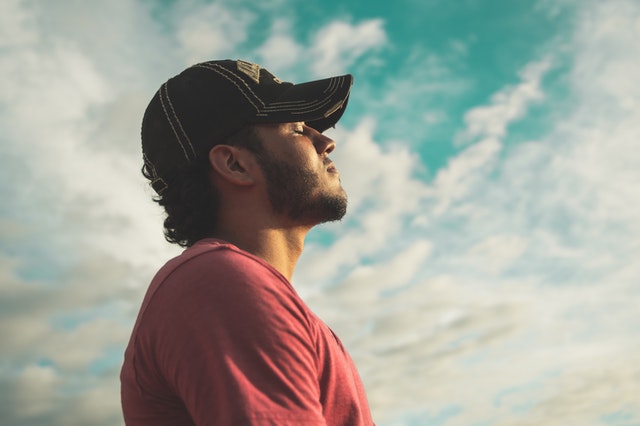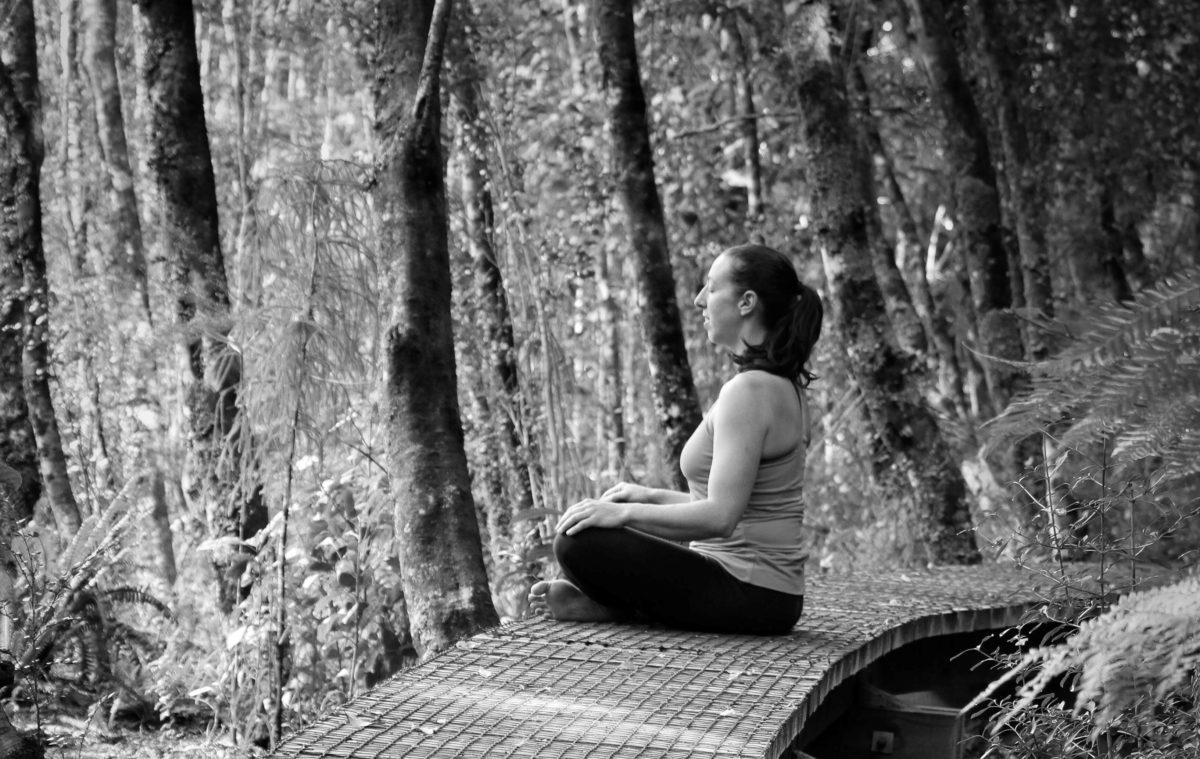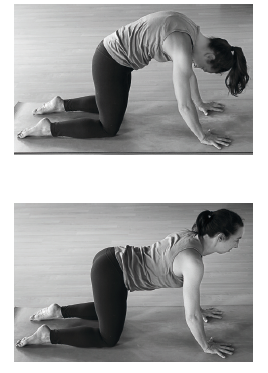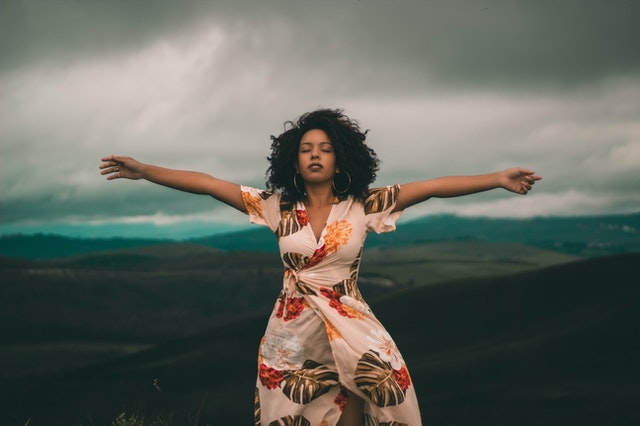When I started practicing yoga in 2002, it was booming in Seattle. There was a new studio on every corner attracting new students with a first class free offer. I was a grad student on a budget, so I visited just about every studio in Seattle at least once. Though I tried a range of styles, I found myself at the time drawn to power vinyasa or power yoga (see more on the different modern postural types of yoga).
This style of yoga tends to be more physical, moving faster from one pose to the next and typically every movement is matched to an inhale or exhale. Early on I was introduced to the practice of ujjayi breathing, which I learned to understand was a long and deep inhale and long and deep exhale through the nose. The style and depth of breath meant it was audible to other people. This is how my initial path into yoga meant I did fast-paced yoga movements and coordinated every movement with a very big inhale or exhale. I thought that was good.
Later, as I explored yoga through a former Wellington studio run by Lynda Miers-Henneveld and Kelly Fisher, my big breaths began to fade from my practice, simply because the yoga teachers at this studio did not cue inhales and exhales very often. My focus on my breathing become more intentional by default. When we would pause, hold a position or there was a cue to inhale or exhale, I was far more aware of the connection of my breathing to the feeling in my body.
It wasn’t until much later in Yoga Synergy’s Anatomy and Physiology course that I began to understand the physiological affects of breathing in my yoga practice. As it turns out, when we take in a lot of air we increase the amount of oxygen in our body and this means the heart has to work harder to process that oxygen. This is sometimes called overbreathing (probably better know as hyperventilation). In addition, increased breath rate, heart rate and oxygen are physiological affects connected to the sympathetic response (fight or flight). Triggering that increased heart rate and breath rate can move the body into a sympathetic response. If you are already in a chronic state of fight or flight due to chronic stress, that overbreathing is like throwing fuel on the already burning fire.
The reverse is also true. When we slow down or reduce our breathing, this reduces the amount of oxygen in the body and the heart rate slows. And this can trigger the parasympathetic response (relaxation response, or rest and digest).
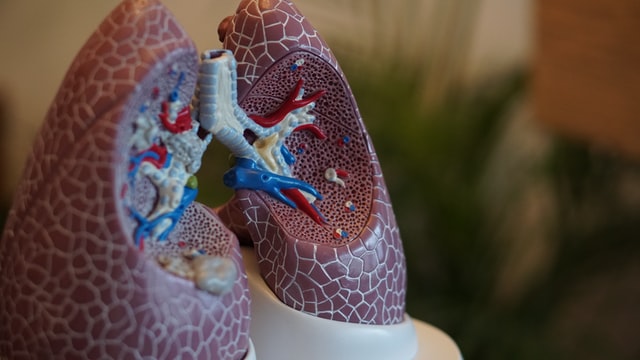
Reflecting on my early yoga practice experiences, I was overbreathing while also moving fast. This contributed to a feeling of a workout in those yoga classes. But not only did it not help me relax, it would have unintentionally been firing up that fight or flight, chronic stress response. Not to mention a lack of body awareness. I was missing out!
Fast forward and now you understand why I seldom cue inhales or exhales in my yoga. In today’s current society many of us need the benefits of the relaxation response, far more than a workout. In addition to chronic stress leaving us in a chronic fight or flight (sympathetic response), many of us struggle to have a relaxed breath because we are holding so much physical tension in our bodies that it restricts natural breathing. When movements are big or complex, adding in additional directions to inhale and exhale just makes it more complicated and less likely that people will get either the movement or the breath pattern right. Not to mention everyone breathes and moves differently! So when I do cue movement with breath I tend to focus on gentle movements and the breath is meant to be a tool for subtle body awareness.
Oh and an interesting side note that my early understanding of ujjayi breath was a bit simplistic. Ujjayi offers a particular technique or way of inhaling and exhaling. It can be used in different forms, which can emphasise deep full breaths, or soft and subtle breathing.

